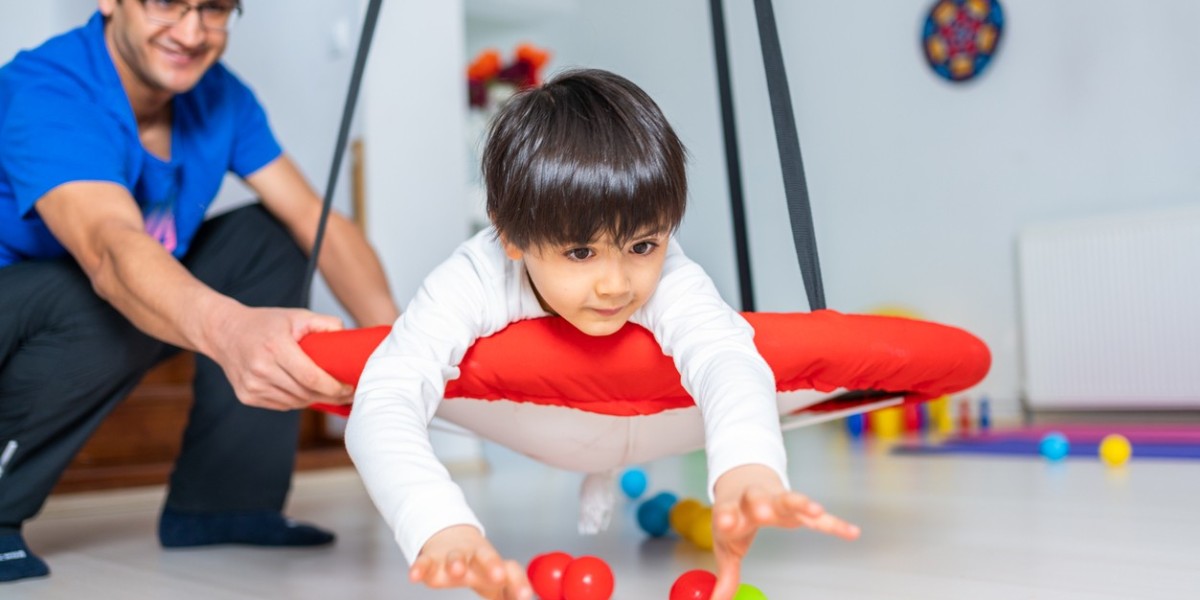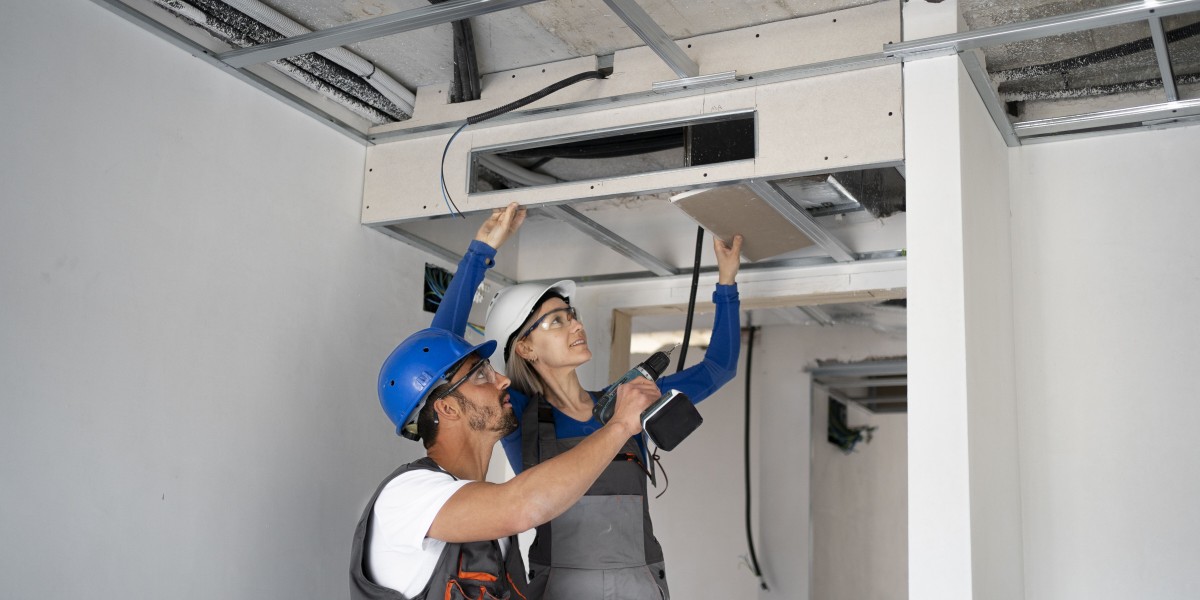Introduction
Every child grows at their own pace—but as a parent, you know when something just doesn’t feel quite right. Maybe your child avoids certain clothes, melts down over small changes, or struggles to hold a pencil. You’ve talked to your pediatrician, but you're still wondering: When does a child need pediatric occupational therapy
It’s a valid—and important—question. Occupational therapy (OT) helps children build the skills they need for daily life: getting dressed, playing with others, paying attention in class, and handling emotions.
In this article, we’ll walk through the key signs to know that might indicate your child could benefit from OT. Whether you’re just beginning to explore support options or are already seeking answers, this guide is for you.
What Is Pediatric Occupational Therapy?
Pediatric occupational therapy helps children gain independence and confidence in their everyday “occupations”—from playing and socializing to dressing and writing. Therapists work with kids to develop fine motor skills, sensory processing, coordination, emotional regulation, and self-care.
At Kick Start Therapy, OT sessions are designed to be fun and personalized. Therapy looks like play—but every activity has a purpose tailored to your child’s unique needs.
When Does a Child Need Pediatric Occupational Therapy? Key Signs to Know
It’s not always easy to spot developmental differences. Some signs can be subtle, while others may seem like typical “kid behavior.” But persistent patterns across daily routines may signal that extra support is needed.
Here’s a breakdown of common signs that may suggest a need for OT, grouped by developmental category:
1. Fine Motor Delays
Fine motor skills involve small muscle movements—especially in the hands and fingers. Kids use these skills to:
Hold pencils or crayons
Use scissors
Button shirts or zip jackets
Feed themselves
Open containers or packages
Signs your child may need help:
Struggles to grasp or control small objects
Avoids writing, coloring, or cutting
Holds utensils or pencils awkwardly
Has messy or illegible handwriting (past age 6)
Gets frustrated during tasks that require hand strength or precision
2. Gross Motor Challenges
Gross motor skills involve larger body movements like crawling, running, jumping, and balancing. These skills are essential for physical play and posture.
Signs to watch for:
Skips crawling or other motor milestones
Has poor balance or coordination
Appears clumsy or frequently bumps into objects
Avoids climbing, jumping, or riding a bike
Tires easily during physical activities
Occupational therapists often work alongside physical therapists to improve strength, endurance, and motor planning.
3. Sensory Processing Difficulties
Children take in sensory information through their senses: touch, sight, sound, taste, smell, and movement. Some children have trouble interpreting or responding appropriately to this input.
Possible signs of sensory processing issues:
Overreacts to loud noises, bright lights, or textures
Refuses to wear certain clothes due to how they feel
Avoids messy play like finger painting or sand
Seeks out excessive movement (spinning, jumping, crashing)
Has frequent meltdowns in busy or overstimulating environments
An OT can help your child regulate their sensory system and learn calming strategies.
4. Delays in Self-Care Skills
Self-care tasks help children become more independent. These include dressing, brushing teeth, toileting, and feeding.
Indicators of OT need:
Avoids or resists self-care routines
Can’t dress themselves by age 4–5
Struggles with toilet training past age 3–4
Has difficulty using utensils or drinking from open cups
Gets food all over themselves or chews awkwardly
OT can break these skills down into manageable steps and teach kids using repetition, visuals, and support.
5. Emotional and Behavioral Challenges
While every child has tough days, some kids struggle to manage big emotions regularly. This can affect their behavior at home, school, and in social situations.
Look for:
Frequent meltdowns or tantrums beyond toddler years
Difficulty calming down after getting upset
Poor frustration tolerance
Aggressive or withdrawn behavior
Trouble with transitions or unexpected changes
OTs help children develop emotional regulation skills and coping tools. They may also teach sensory strategies to support calmer responses.
6. Attention and Focus Issues
Being able to stay on task, follow directions, and complete activities are key to success in school and life. Some children struggle with executive functioning, even without an ADHD diagnosis.
Signs your child may benefit:
Can’t sit still or focus for age-appropriate periods
Has difficulty following multi-step instructions
Frequently loses items or forgets what they were doing
Struggles to organize schoolwork or personal items
Needs constant redirection to finish tasks
Occupational therapy helps improve attention, sequencing, memory, and overall task management.
7. Delays in Play and Social Skills
Play is a child’s primary “occupation.” It’s how they learn, explore, and connect with others. If your child avoids or struggles with play, it could be a sign they need support.
Social and play concerns include:
Doesn’t engage in pretend play by age 3
Avoids other children or prefers to play alone
Has difficulty taking turns or following group rules
Doesn’t make eye contact or use appropriate social cues
Doesn’t respond to their name or seems unaware of others
While these may overlap with signs of autism or other developmental differences, a full evaluation by an OT or developmental specialist can offer clarity and support.
Should I Wait or Act Now?
It’s common for parents to wonder if a delay is just a phase. But early support can prevent small issues from becoming bigger challenges later on. You don’t need to wait for a diagnosis or a school referral to begin.
If you’ve noticed several signs from this list—or if something just doesn’t sit right with you—trust your instincts. A professional pediatric OT evaluation can help you understand your child’s strengths and needs.
What Happens During an OT Evaluation?
At Kick Start Therapy, the evaluation process is gentle, friendly, and designed to put your child at ease. Here’s what to expect:
Parent Interview – We’ll ask about your child’s history, routines, challenges, and goals.
Standardized Testing – Your child may complete age-appropriate tasks that assess motor skills, coordination, and processing.
Observation – We’ll watch how your child plays, interacts, and completes simple tasks.
Recommendations – You’ll get a full report and therapy plan (if needed), with clear next steps.
How OT Helps at Home, School, and Beyond
Occupational therapy isn’t just about learning skills in a clinic—it’s about building confidence and independence across all areas of life. With the right support, your child can:
Participate more fully in school activities
Connect more easily with friends and family
Gain confidence in their abilities
Manage emotions and routines with less stress
Grow into a more independent and capable version of themselves
OT gives kids tools for life—and gives parents peace of mind.
Conclusion
So, when does a child need pediatric occupational therapy? If your child struggles with daily activities, shows signs of developmental delay, or seems overwhelmed by their environment, it might be time to explore OT.
You don’t need to have all the answers—and you’re not alone. At Kick Start Therapy, we’re here to support you and your child every step of the way.
Schedule an evaluation today and discover how occupational therapy can help your child build the skills they need for a confident, independent future.








